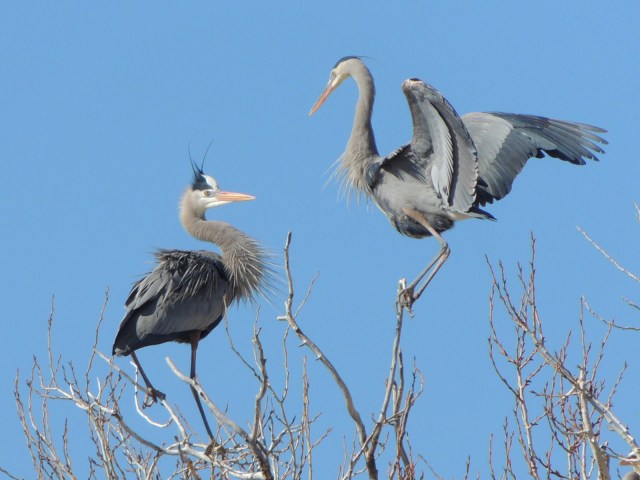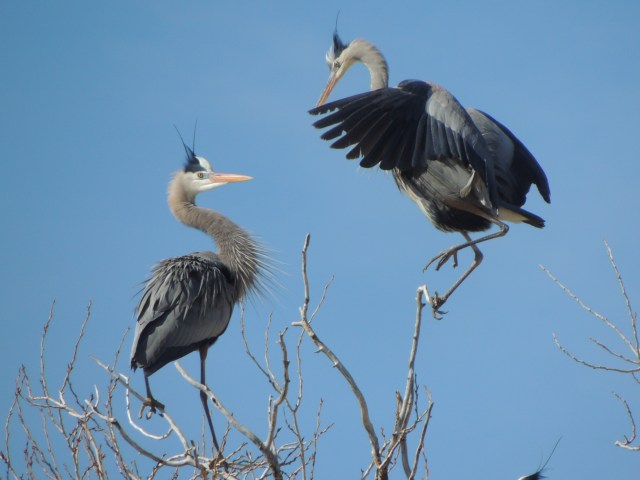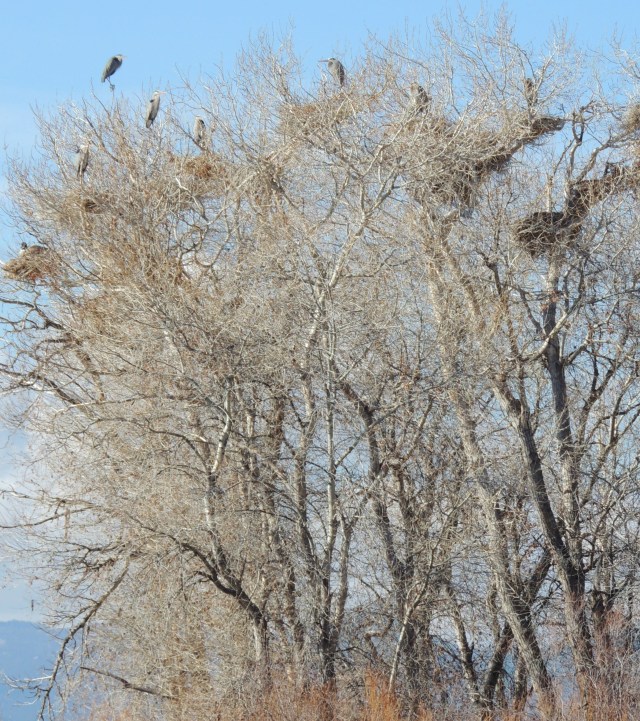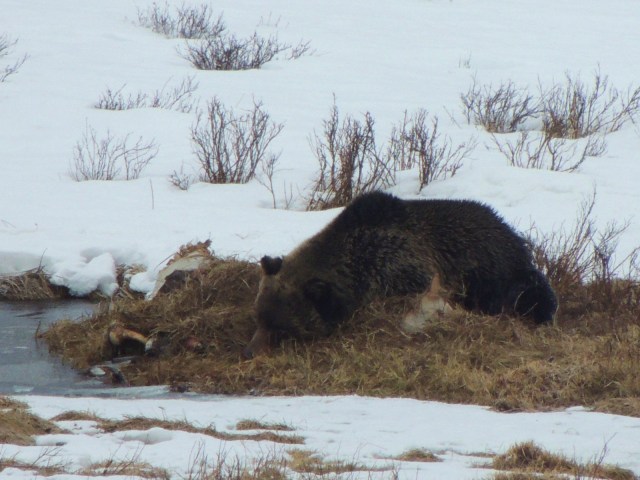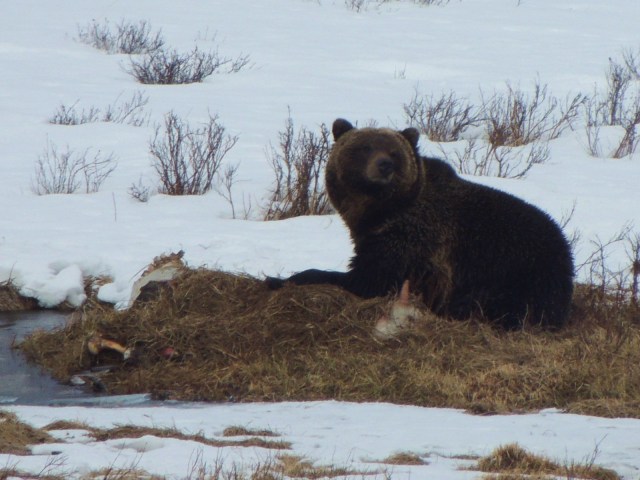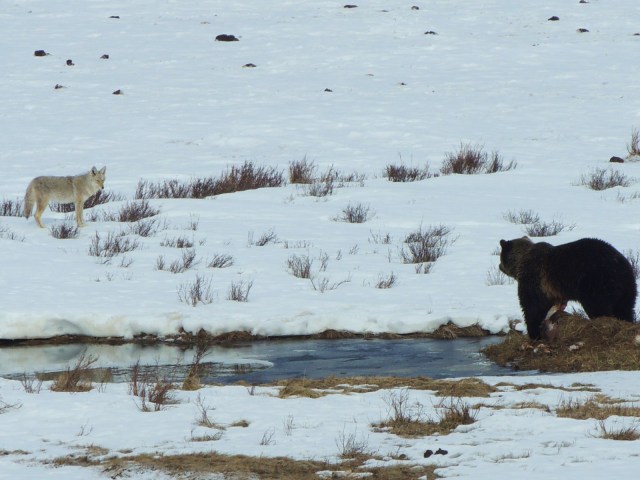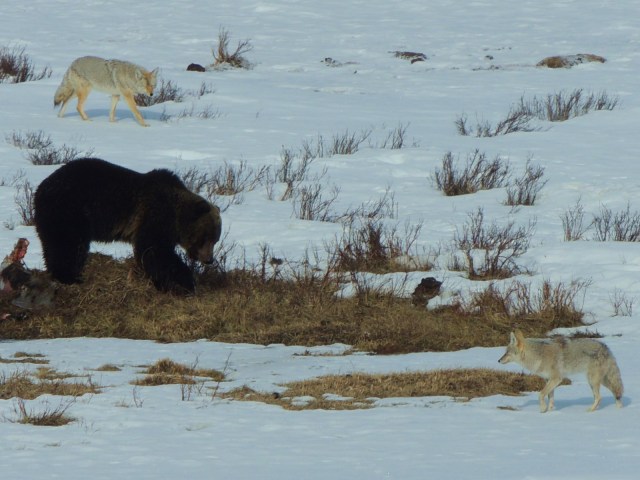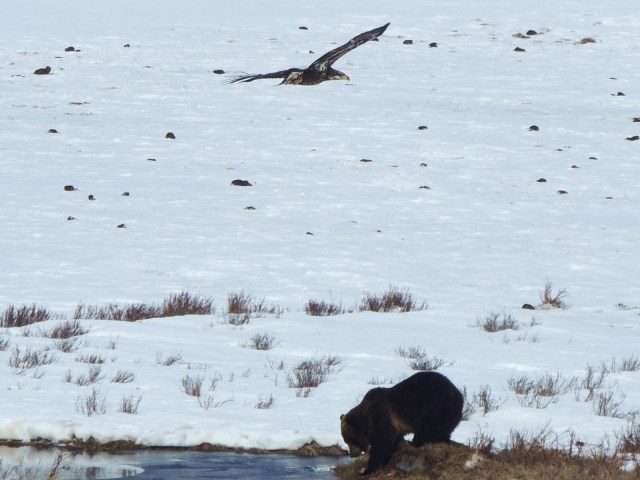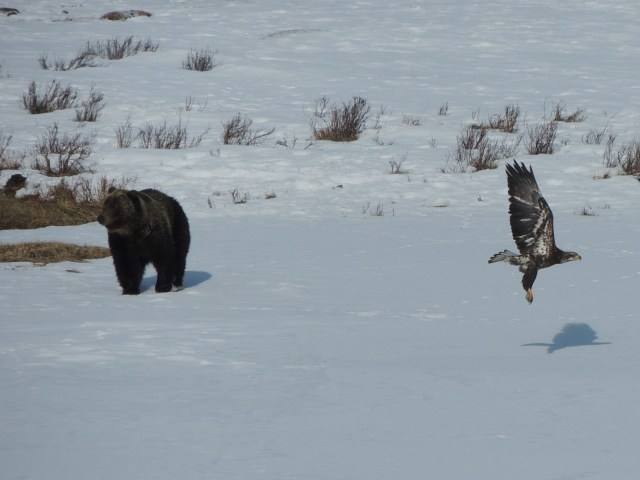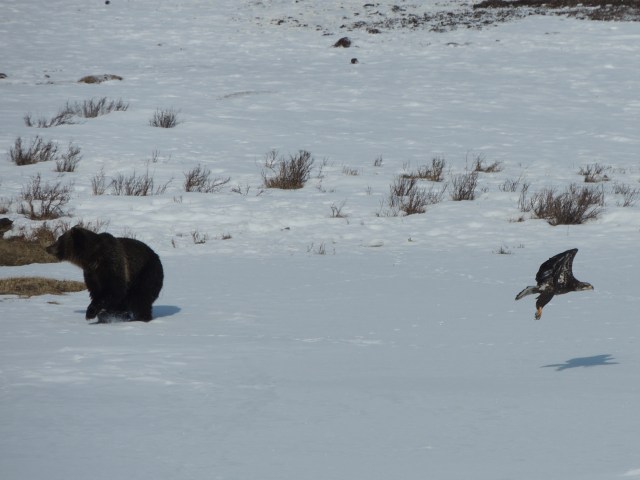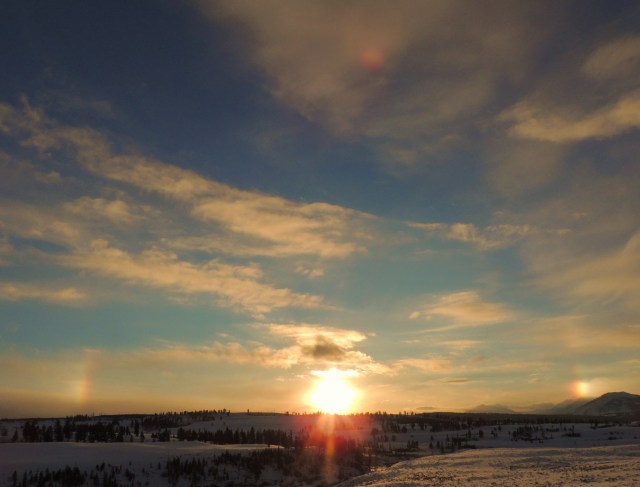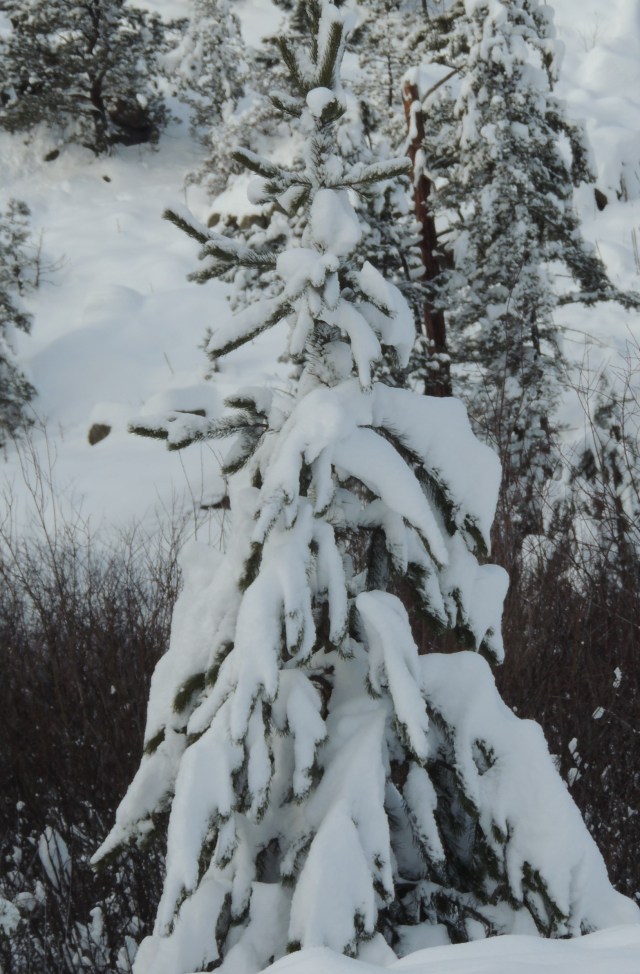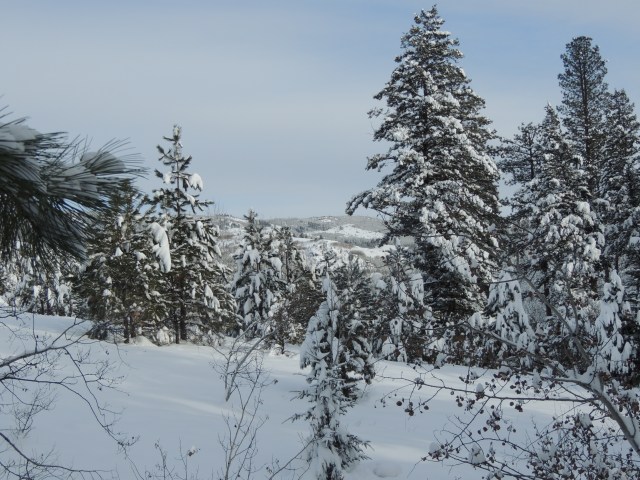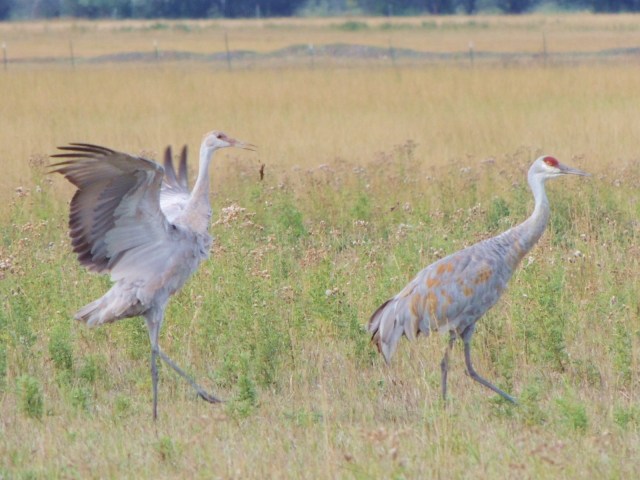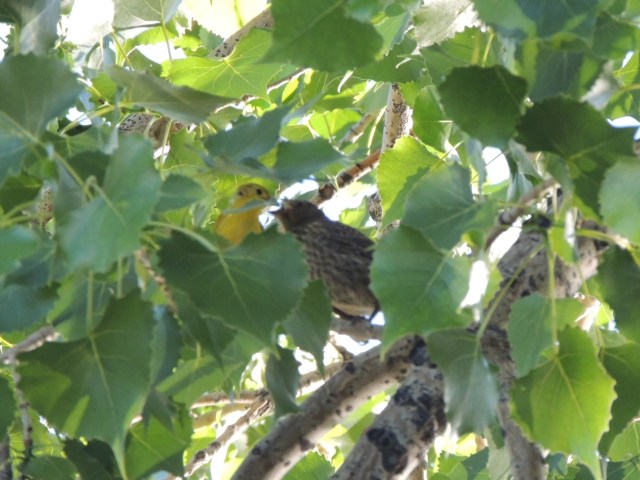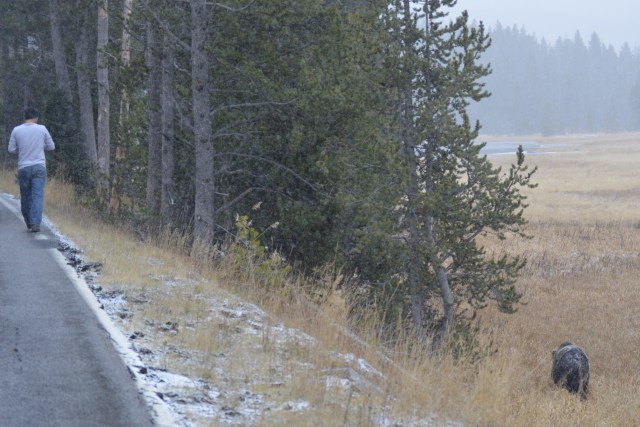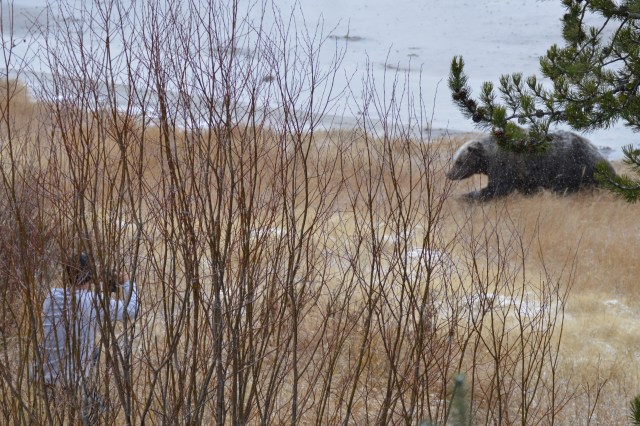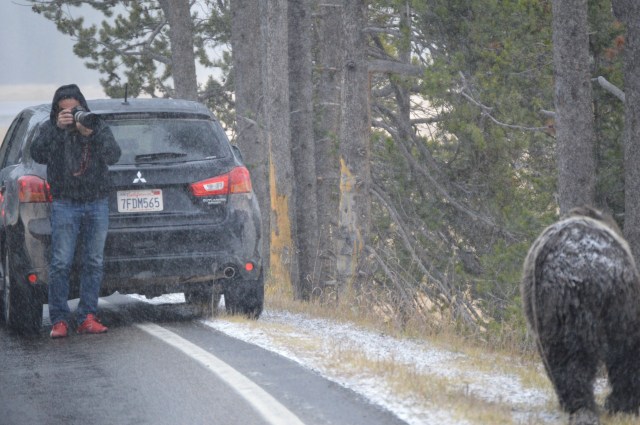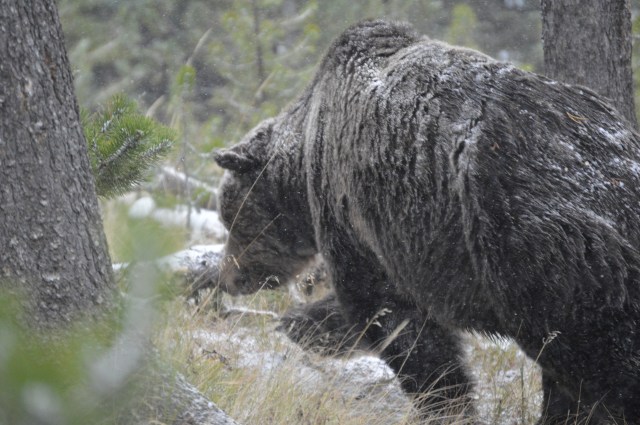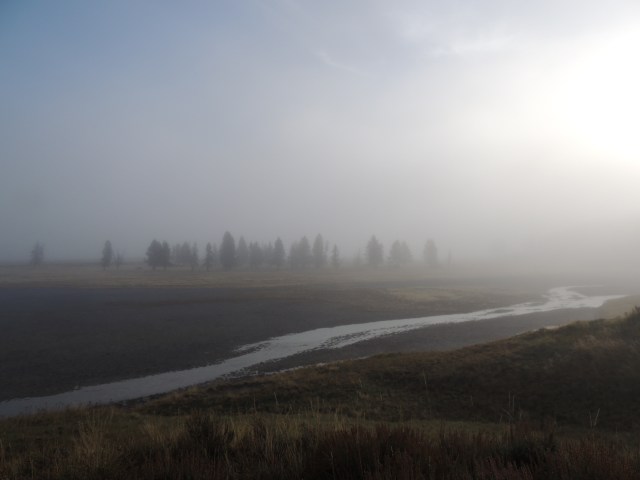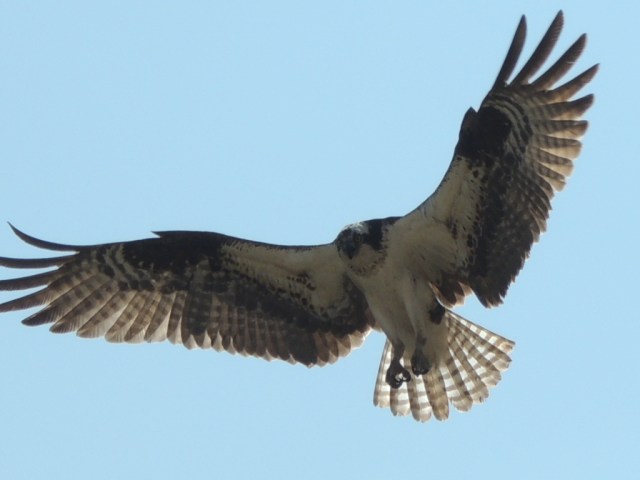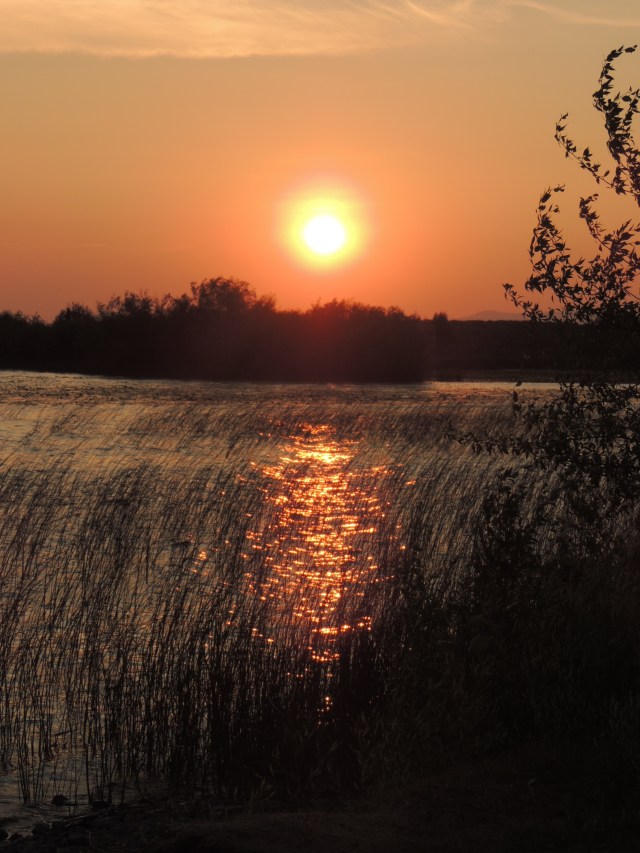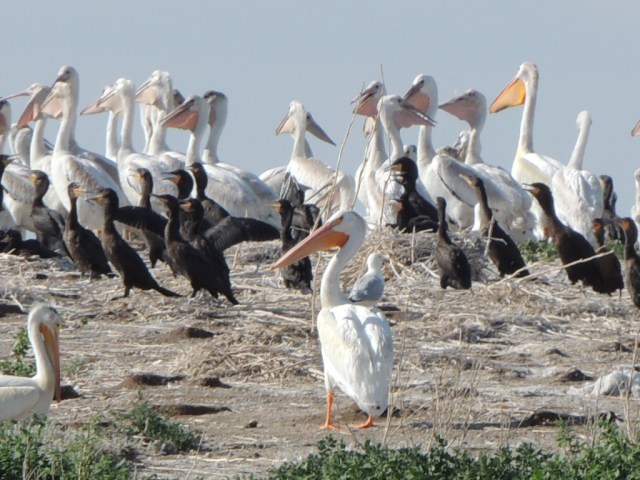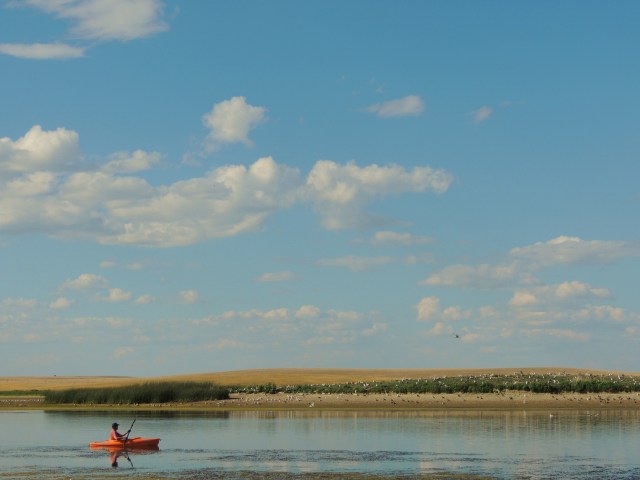I’m clinging to a sandstone fin, a hundred feet above Coyote Gulch. Stuck. Can’t go up, can’t go down, should be able to creep sideways, but that would involve looking down, and I don’t think that’s a good idea.
Well.
Luckily – as usual – my husband comes to the rescue. Mountain Goat Bill climbs to the little ledge above me, is able to give me a hand, and I’m unstuck.
I’ve since read that this climb is what’s known as a Class 3 Scramble, which means that you probably won’t die if you fall, but you would likely “sustain severe bodily injury.”
Jeez.
Here’s a photo of the fin, but I don’t think it shows how scary the climb is for us non-climbers:

Looking down from the Jacob Hamblin Arch exit from Coyote Gulch.
I did find a great blog (Canyoneering.Wordpress.com) that includes a much better photo. Here’s the link:
Great photo of the climb out of Coyote Gulch from Jacob Hamblin Arch.
See? Scary.
Of course, there’s more to Coyote Gulch than just a few scary moments. We’d been before, entering and exiting through Hurricane Wash, but this time we wanted to do a loop, and that meant entering through the “Crack in the Wall” which puts you almost at the confluence with the Escalante River.

Bill checking out our route at the Crack in the Wall.
The Crack in the Wall is an adventure in itself. The crack is really three “cracks” made up of three huge slabs of sandstone that have broken away from the cliff face. It’s a two mile hike across the mesa top to get to the cliff, and then you need to drop down about 8 feet into the narrow first crack. Dropping into a crack in the earth: not something I’m overly fond of. Luckily, the first crack is not too long, and it’s the widest, so it’s really not that hard.

I’m not looking too thrilled, am I?
The second crack is pretty easy, too. The third one, however, is really narrow, which means backpacks usually can’t fit through. Luckily there’s a ledge in between the cracks so you can lower your backpacks down before you squeeze your way through.

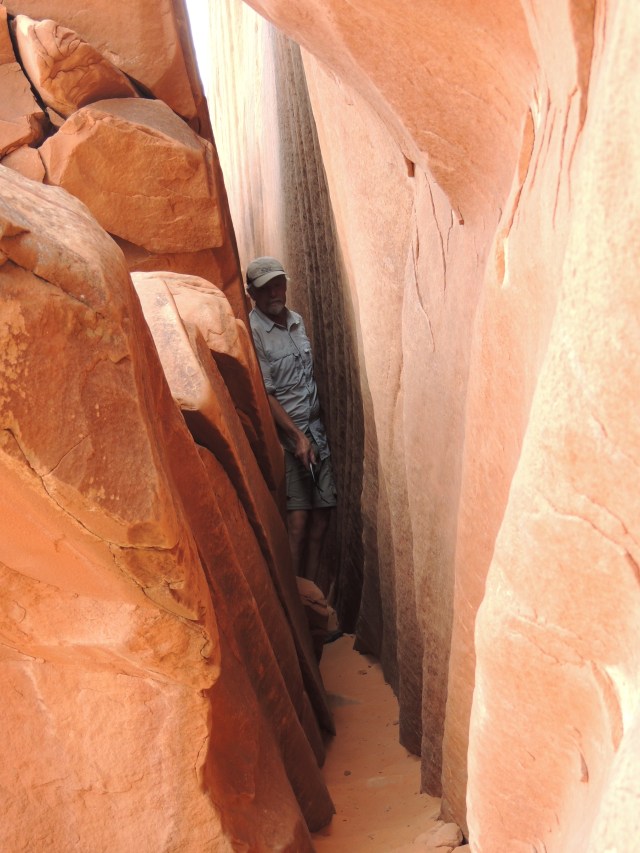
Once through the cracks, you hike down a huge sand dune to the gulch. This long dune is the main reason you don’t want to do this hike in the opposite direction. (Coming down the scary fin is another: always scarier to come down a steep slope than to go up it!)
You get a great view of Stevens Arch on the way down.

We camped not far after we’d entered Coyote Gulch. A lot of folks seem to do this hike in one night, but I think at least two is better. There’s a lot to see down there. The campsite is just downstream from a nice spring, and it’s one of the best in the gulch. My coffee cup gave it a thumbs up.
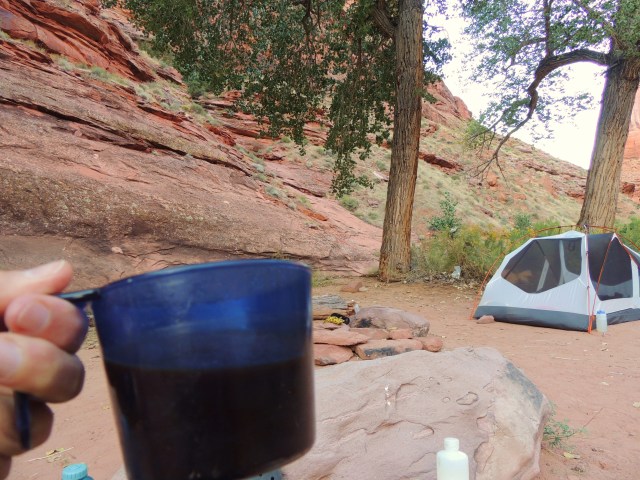

The next day we hiked up the gulch, exporing along the way. There are pictographs to be found, but we’ve missed them both times. Next time.

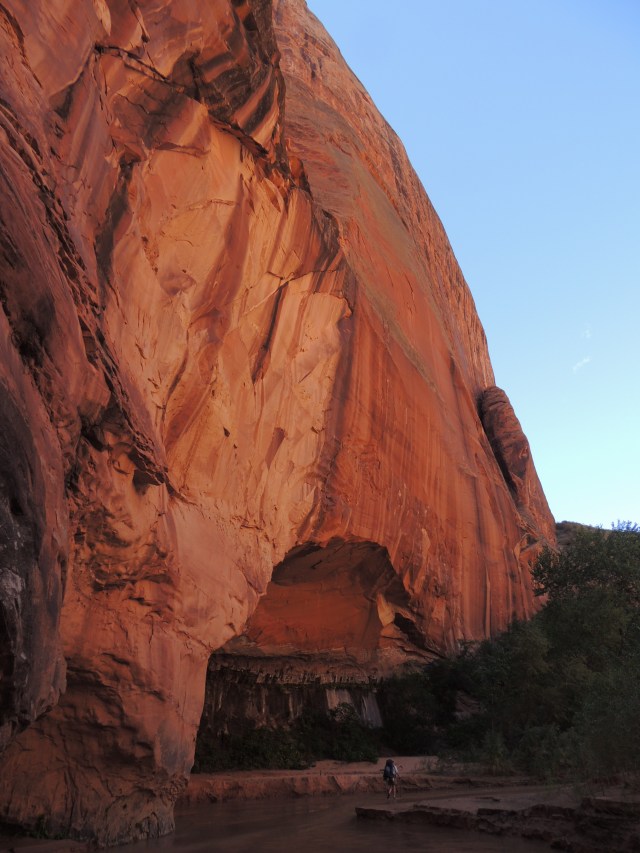


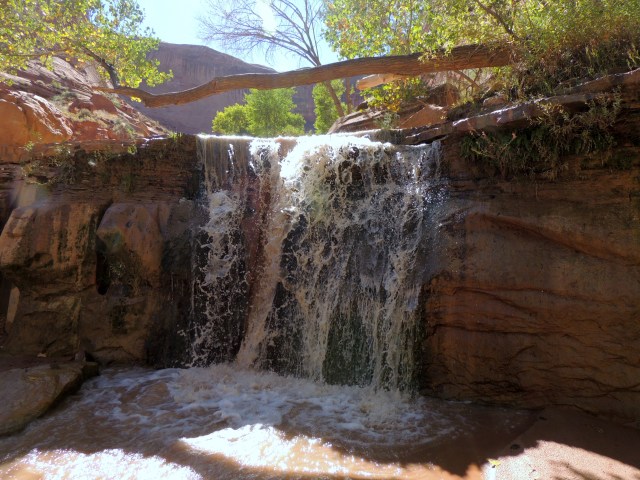

We camped near Jacob Hamblin Arch, which is the focal point of the gulch. It’s an incredible sight: massive and brooding. There’s even a lovely year-round spring near the arch, so it’s a great place to camp. Of course, we’re not the only ones to think that, so you’ll rarely have it to yourself. But still.




If I hadn’t been so nervous about the impending climb out, I would have liked to stay another day and do a bit more exploring. But hanging around waiting to be scared doesn’t work too well for me. So the third morning we started up. The first twenty feet of the climb is pretty much straight up, but there are some good foot and hand holds, so that wasn’t too difficult for me. The next hundred feet is pretty much straight up a steep slickrock slope. You can get a good grip on slickrock, but there are still a few places where you need to pull yourself up and over. There is an anchor at the top where you could tie a rope, and it probably would have been wise for us to do that: I could have used it to help me get over those few extra steep spots. Oh, and it absolutely helped to have my sherpa-husband who actually climbed the route three times: once without a pack to lead me up, and two more times with each of our packs!
Hooray for a brave and strong partner!


